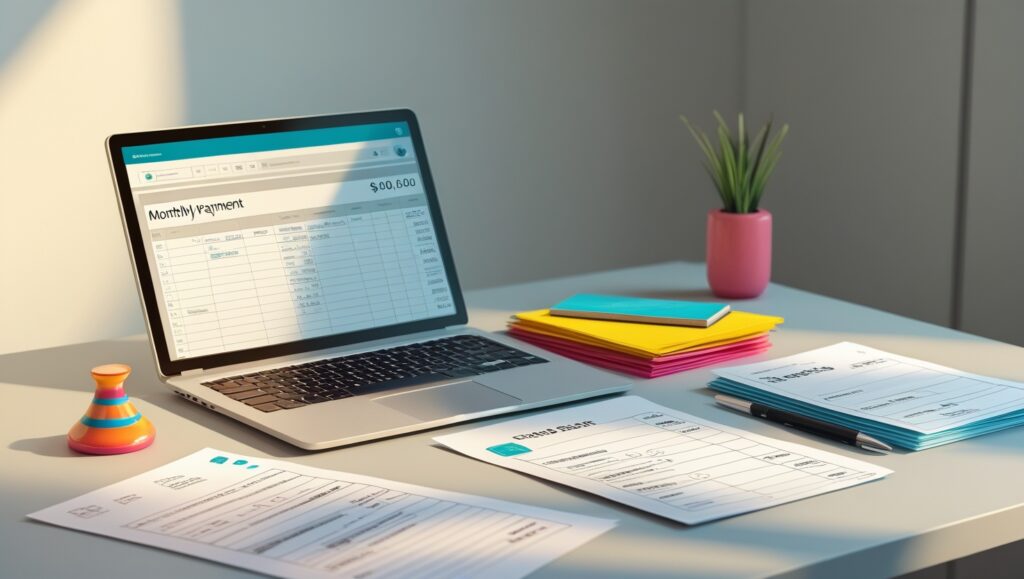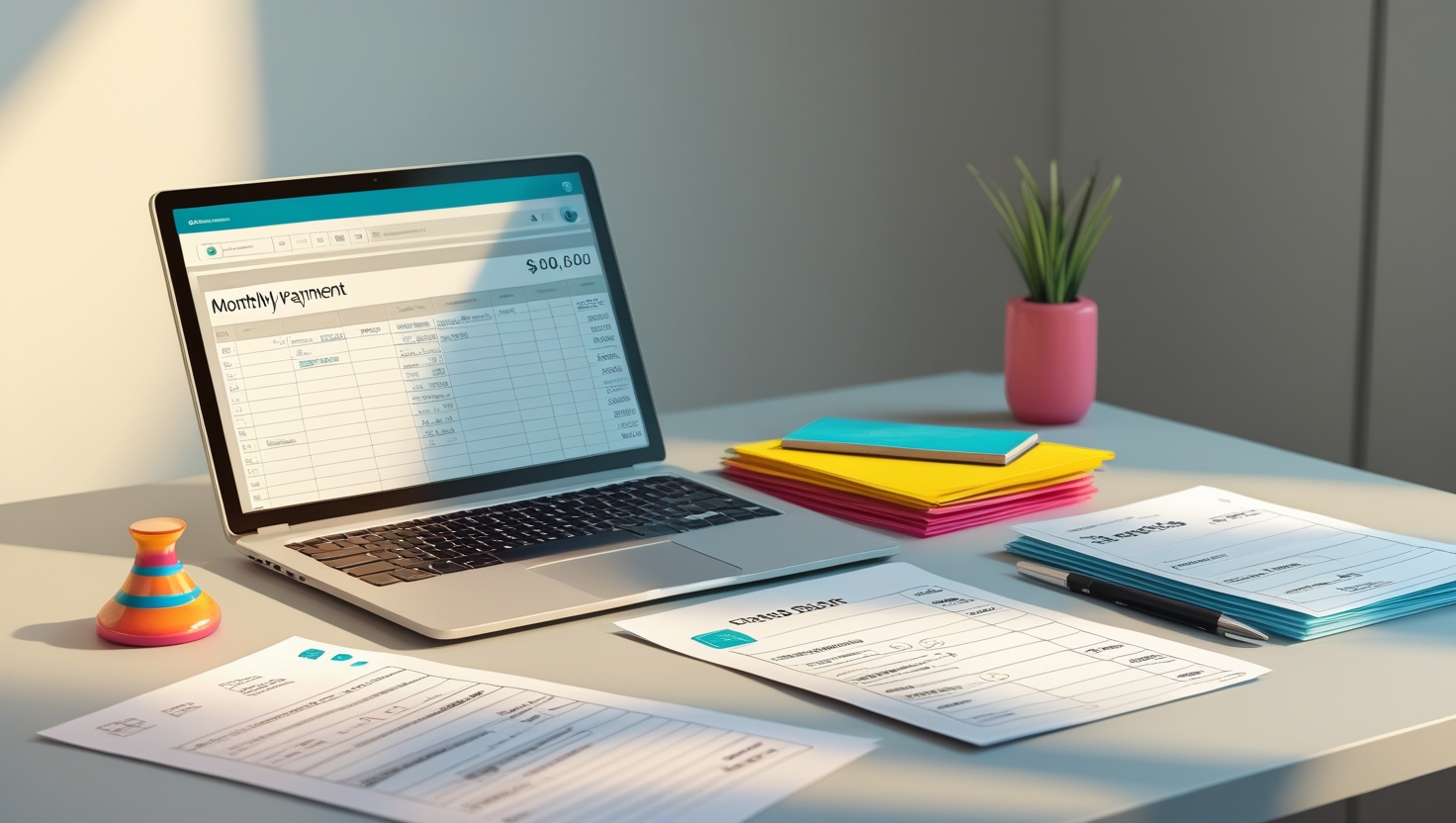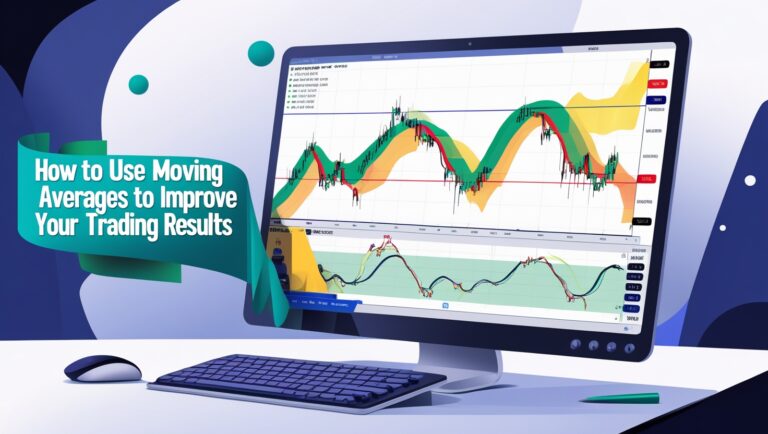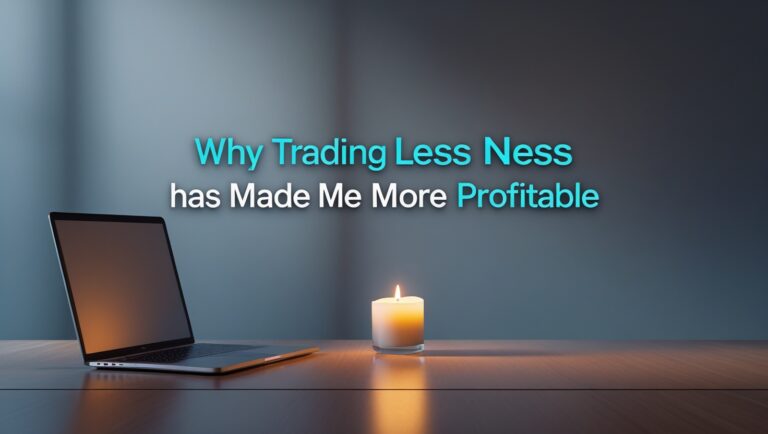How I Pay My Bills Using Simple Stock Setups Each Month
How I Pay My Bills Using Simple Stock Setups Each Month
When people hear that I use trading to pay my bills, they usually assume I’m doing something complex — full of indicators, alerts, or high-level strategies. But the truth is, I keep it simple. I built a trading routine that focuses on basic stock setups, and I repeat it every week. That’s it.
In this post, I’m going to show you how I consistently pay my bills using stocks, without indicators, without long hours, and without relying on anyone else. This isn’t a get-rich-quick story — it’s about real discipline, a system that works, and sticking to what I know. And if you want the exact routine I follow step-by-step, I explain everything inside my ebook here.

Table of Contents
Why I Don’t Trade to Get Rich — I Trade to Cover Life
My goal was never to make millions. I started trading because I wanted freedom and flexibility. I wanted to cover rent, utilities, groceries — without needing two jobs or waiting on a paycheck.
So I built a system that allows me to take trades a few times a week, lock in small, consistent profits, and withdraw what I need to take care of real life. This mindset keeps me grounded and prevents me from overtrading or chasing unrealistic goals.
I Stick to One Simple Setup
One of the biggest changes I made was narrowing my focus to just one setup. I look for pre-market movers with volume, and I trade clean breakouts once the market confirms momentum. That’s it. No complicated strategies, no guessing — just one thing I do really well.
I found this setup after months of trial and error. It works for me, and I repeat it every week. If it’s not there, I don’t trade. I break this setup down fully inside my ebook so others can learn the exact process I use.
I Trade No More Than 6 Stocks Each Day
Before the market opens, I create a watchlist of no more than 6 stocks. These are tickers that have volume, a reason to move (news or catalyst), and a clean chart setup.
I don’t jump from stock to stock. I stick to my list and only trade what fits my criteria. This small decision alone improved my win rate and reduced stress. I explain how I choose my 6 tickers daily inside Pay Bills With Stocks.
I Don’t Trade All Day
Most of my trades happen between 9:40AM and 11:00AM EST. That’s when volume is high and price action is clean. After that, I’m usually done for the day.
This schedule allows me to avoid overtrading, protect my gains, and spend the rest of my time doing other things. I don’t need to be glued to the screen — I just need one or two good trades per week to reach my goal.
I Focus on Base Hits — Not Home Runs
I’m not trying to make $1,000 every trade. I focus on small, reliable wins — 5%, 10%, sometimes 15%. If I hit my target, I’m out. If the stock keeps running, that’s fine — I’m not greedy.
These base hits are what keep my account growing and my bills paid. It’s not about catching the biggest move — it’s about managing risk and locking in profits.
I Withdraw Monthly — Like a Paycheck
Every month, I withdraw a portion of my trading profits to cover bills. I treat it like income. The rest stays in my account to grow slowly over time.
This mindset helps me stay consistent and accountable. It also keeps me from overleveraging or risking too much. I’m not here to impress anyone — I’m here to live off a strategy that actually works.
I Use Free Tools and Clean Charts
Everything I use is free or affordable. I don’t rely on expensive software or overcomplicated indicators. I trade using price action and volume. My charts are clean, and I make decisions based on what I see — not what someone else tells me.
I list all the tools I use in my ebook — from screeners to scanners to basic trading platforms. It’s all there, so anyone can follow the same process without spending a fortune.
I Track Every Trade
I document every trade I take — the setup, the entry, the exit, and the result. This helps me spot patterns, improve my timing, and understand what’s working.
Over time, this habit helped me refine my system into something that was not only profitable — but repeatable. And that’s the key if you want to turn trading into a real source of income.
My Routine Is Simple, But It Works
This is what I want people to understand — you don’t need 10 monitors or complicated signals. What you need is a repeatable system, a clear watchlist, a clean setup, and discipline.
That’s how I turned trading into something I could rely on every month. It’s not magic. It’s not hype. It’s structure — and I share it all inside Pay Bills With Stocks.
Final Thoughts
If you’re trying to turn trading into a real income stream — not to get rich quick, but to create peace and stability — focus on simplicity. Don’t chase every stock. Don’t overload your chart. Just build a system that you can trust, and stick with it.
This is exactly what I’ve done, and it’s how I pay my bills every month using stocks. If you’re ready to learn how I do it step-by-step, you can grab my ebook here and start building your own version of this strategy today.
I didn’t start out with a lot of capital. In fact, I began with a small account — just enough to test the waters. That’s why my system had to be tight and efficient. I couldn’t afford big losses or random trades. Every dollar mattered. This forced me to build a strategy where one good trade a week could make a difference, and that’s how the habit of trading simple setups started.
One of the biggest mindset shifts I had was moving from “how much can I make?” to “how much can I keep?” It’s easy to let greed take over, especially after a green trade. But the goal wasn’t to become rich overnight — the goal was to consistently pay bills and stay in the game. That’s why I prioritize risk management and steady wins over wild trades.
I also learned that trading becomes easier when you cut out the noise. I stopped following hype pages, muted Twitter alerts, and stopped copying other people’s plays. Instead, I built my own watchlist, analyzed my own levels, and started trusting my eyes. The moment I started thinking for myself, I became a better trader — and I show how to do the same inside my ebook.
Another key to this system is keeping emotions out of the process. I know it’s easier said than done, but when you’re trading to cover real-life expenses, emotional decisions can cost you fast. That’s why my trades are planned in advance: I know my entry, stop loss, and target before I even click buy. I don’t guess. I execute.
There were weeks where I only took one trade — and that one trade paid my light bill. Other weeks, I didn’t trade at all because the market wasn’t right. I didn’t panic. I waited. Because this system is built on discipline, not urgency. And that patience is what’s kept me profitable long-term.
I also make sure to never overtrade. When I hit my weekly or monthly goal, I stop. There’s no need to keep pushing when you’ve already done the job. This mindset has helped me protect my profits and maintain consistency. I treat trading like a business — and the job is done once the target is met.
One of the most powerful tools I use is a daily trading journal. I write down what I saw, what I did, how I felt, and what the outcome was. Over time, this journal showed me patterns in both the market and myself. I started to recognize when I was at my best — and when I needed to step away. I encourage everyone to do this, especially if you’re trying to trade full-time.
I don’t need hundreds of dollars per trade to make this work. Sometimes I trade for $40, sometimes $150. The point is — those numbers add up. And when you have a system that works, you can rely on it like a second income. That’s exactly how I use it — and exactly what I teach inside Pay Bills With Stocks.
Many people think trading full-time is about watching every tick all day long. It’s not. It’s about working smart, not long. I show up early, do my pre-market work, take my trades, and I’m done. This lets me live life, work on my other goals, and avoid burnout. I’m not just making money — I’m making freedom.
A lot of traders don’t talk about withdrawals, but I do. Every month, I pull a set amount from my profits and use it to cover my real-world bills. The rest stays in my account or goes into savings. Treating trading like a paycheck, with structure and purpose, gave me financial breathing room — even on slow months.
I don’t believe in complicated setups that require hours of backtesting. I believe in repeating what works. When I see a setup I know, I take it. When I don’t, I wait. This keeps my win rate solid and my stress levels low. The simplicity of this system is what makes it effective.
If you’re reading this and wondering if it’s really possible to use trading to support your life — I’m here to tell you it is. But it takes more than strategy. It takes routine, focus, and the ability to avoid emotional decisions. I built all of that from the ground up, and I packaged it inside my ebook so you don’t have to spend months figuring it out like I did.

Stay ahead in the stock market! Subscribe to our newsletter and receive exclusive stock flow reports, trading insights, and actionable tips directly in your inbox. Join thousands of traders who get our updates first.







